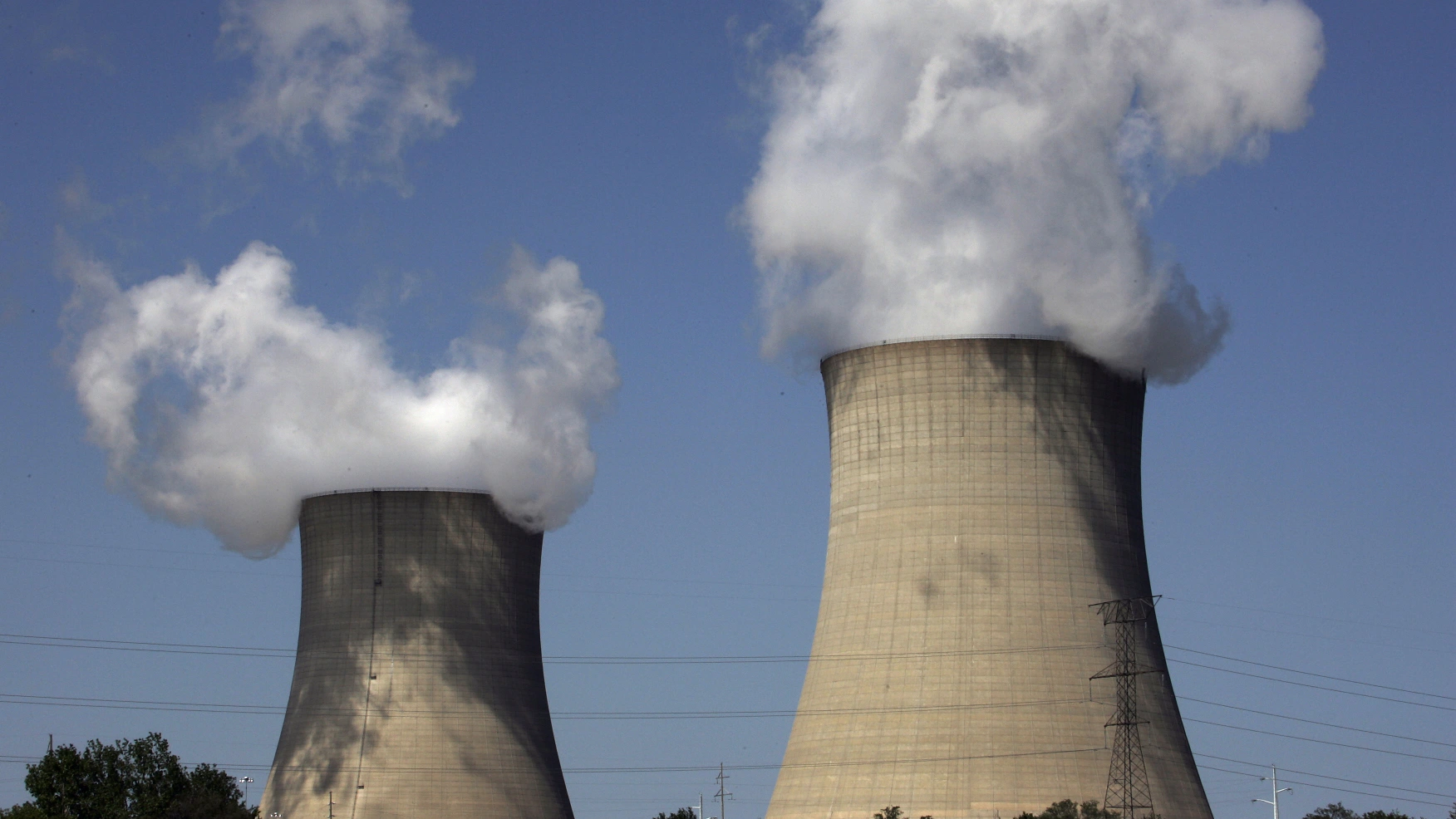Nuclear reactors are America’s clean energy battleships. They make up the majority of our zero-carbon power, and we are at a crossroads. Our nuclear energy muscles were beginning to atrophy, but the technology is making a roaring comeback.
The existing fleet of reactors started to shrink from 104 reactors as of 2012 to 92 today. The huge reactors we are used to seeing were initially licensed for 40 years starting in the 1960s, 70s and 80s. Utilities and lawmakers around the country have been forced to decide to relicense or let them retire.
Read the original article by Rich Powell at The Hill.
We have lost some of the biggest — in 2013, California shut down the remaining San Onofre reactors. In 2018, New Jersey shut down the Oyster Creek reactor. In 2021, Indian Point shut down in New York. There have been others, and as a result, America lost about 7 gigawatts of clean energy capacity.
We’ve still maintained nuclear energy leader status, but other countries are on our heels. Of the 56 nuclear reactors under construction worldwide, only two are in the U.S., while China is building 18 units, India eight, along with Turkey and Russia at four each.
It’s been a real challenge that the U.S. hasn’t shown the world a new reactor. The Russian and Chinese designs have gotten ahead of us.
The two units in America have been in limbo since 2008, when Southern Nuclear formally applied for a license for two additional units at Plant Vogtle in Waynesboro, Ga. In 2012, the Nuclear Regulatory Commission (NRC) approved the license for the two AP1000 reactors designed by Westinghouse. But that’s also when things got tough.
In 2011, the largest earthquake ever recorded in Japan triggered a tsunami that hit the coast of Japan causing the shutdown and major damage to the Fukushima Daiichi Nuclear Power Plant. While the accident wasn’t directly related to Plant Vogtle, global sentiment for nuclear power took a negative turn.
In 2017, construction and other challenges from Vogtle being the first new nuclear reactor under construction in the United States in decades caused Westinghouse to declare bankruptcy, casting doubt on the ability to complete the build out.
More recently, global supply chains ran into a wall in 2020 with the COVID-19 pandemic, causing additional cost hikes and delays to everything.
Through this adversity, America’s nuclear energy leadership is coming back. Southern Nuclear started to load nuclear fuel at Vogtle Unit 3 on Oct. 14.
When both Vogtle Units 3 and 4 are operational, they will provide 2200 megawatts of capacity and an estimated 800 permanent, well-paying jobs. Overall, the four operating reactors at Plant Vogtle will be the largest generator of clean power in the U.S. and generate power for more than 1 million homes and businesses.
Meanwhile, states including Illinois and California are reevaluating their nuclear energy posture, taking steps to keep nuclear power running in their states. In some cases, they are realizing how reliable nuclear energy is. In others, they need the zero-carbon power to help reach their climate goals.
Now, Westinghouse and U.S. contractors can confidently bring people from around the world to Georgia instead of going to China to see them in person, which will improve commercial prospects. It will also reestablish a more robust supply chain and workforce pipeline here in America.
America’s clean energy battleships are back in the limelight — not to mention the next generation of advanced nuclear reactors that will come online in America this decade. Effects of Brazil’s Jan. 6 moment — like America’s — will lingerTwitter needs to change, so let’s give Musk a chance
Dozens of American companies are working on next-generation designs with new approaches, including reducing the size of the reactor, designing for modular construction, using coolants other than water and incorporating simple physics-based safety measures. Some designs can even use recycled nuclear waste as fuel.
Clean, reliable power and new international energy markets — it almost sounds too good to be true. America invented nuclear power. And once again, we are putting the pieces in place to lead the world.
Rich Powell is CEO of ClearPath, a Washington, D.C.-based nonprofit that develops and advances policies that accelerate breakthrough innovations to reduce emissions in the energy and industrial sectors.

